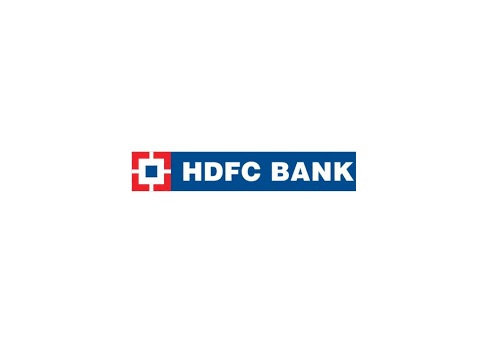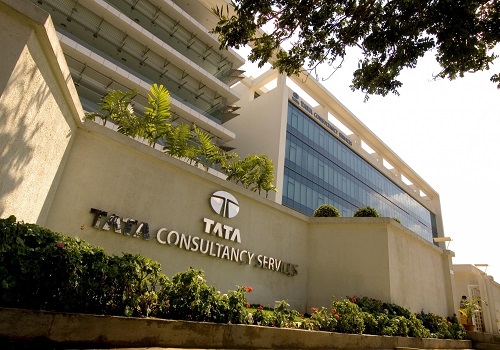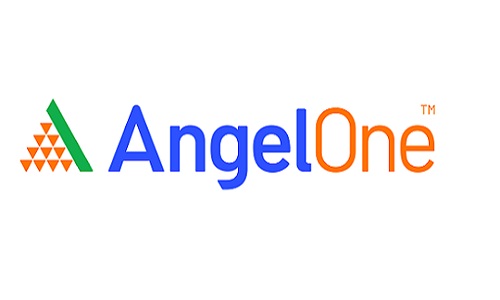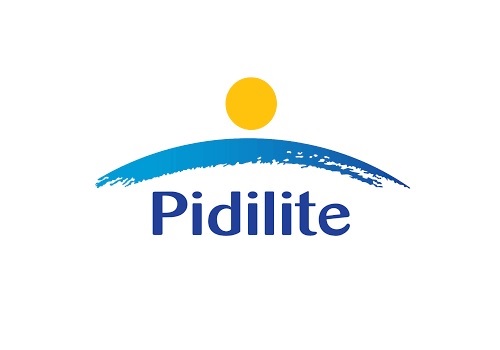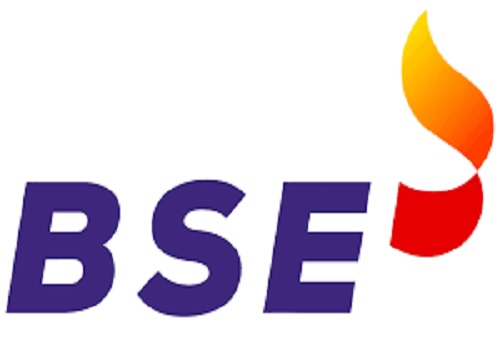Buy RBL Bank Ltd For Target Rs. 325 By Emkay Global Financial Services
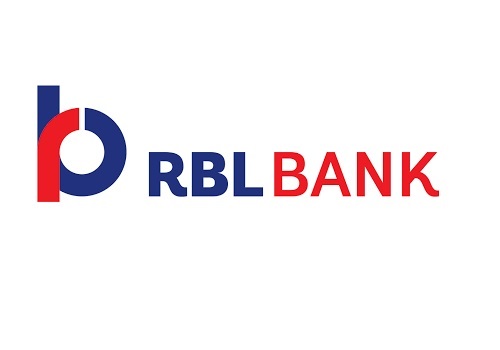
RBL posted a miss in earnings (~33%) with PAT at Rs2.2bn/0.6% RoA, mainly due to dip in NIM to ~5%, higher staff cost (owing to pay hikes and ~800-900 in-house collection fleet added in Q2), and LLP (led by higher slippages in CC + MFI book). Credit growth also moderated to 15% YoY due to the bank’s strategy to prune its low-yielding corporate book and slowdown in unsecured loan growth (including Cards and MFI); however, the bank remains focused on building its high yielding secured retail/SME book for better RaRoC. GNPA ratio inched-up QoQ to 2.9% due to transitional pain in the BAF-RBL card portfolio (as the bank took charge of collection) and MFI book (mainly in Bihar). Bank expects asset quality pain to ease over the next 6M. We trim our estimates for FY25-27 factoring in higher staff cost and LLP, but retain BUY with TP of Rs325 (valuing the bank at 1.1x Sep-26E ABV). Current valuations remain inexpensive at 0.7x Sep-26E ABV. We recommend RBL for investors ready to trade near-term pain for long-term gain as the ongoing transformation should result in a sustained RoA of >1%.
Focus remains on building secured retail +SME book for sustained healthy RaRoC
Overall credit growth moderated for yet another quarter to 15% YoY/1.4% QoQ, primarily due to contraction in its low-yielding corporate book and deliberate slowdown in unsecured loan growth – mainly cards and MFI. New cards addition declined QoQ (~5.2mn–CIF vs 5.3mn in Q1), possibly due to rising stress in unsecured loans and the bank’s strategy to reduce dependence on sourcing from BAF. MFI growth also has been on the back foot due to seasonal factors and rising stress in select states. On the other hand, deposit growth remains healthy at 20% YoY/6.5% QoQ, with CASA ratio increasing by ~100bps QoQ to 33.6%. However, higher slippages and lower disbursals in MFI, coupled with the absence of a one-off IT refund income in Q1 and interest reversal on NPAs, led to contraction in NIMs to ~5% (vs 5.7% in Q1). The bank reiterated its stance to reduce the share of Card + MFI from the current 32% to 25% over the years, mostly by higher growth in SME and the secured retail book (including mortgages, gold loans, and rural VF) to deliver sustained, healthy RaRoC
Elevated stress in cards + MFI remains an irritant
Gross slippages remained elevated at Rs10.3bn/4.7% of loans, given rising stress in its cards portfolio (mainly due to transition of collection from BAF to bank) and industrywide stress in the MFI book. Stress in non-BAF card remains well-contained and the bank remains hopeful of normalcy in the BAF-RBL Card portfolio soon. MFI collection efficiency declined in Sep-24 to 97.5% (vs ~99% levels in previous months) mainly due to floodrelated issues in Bihar (30% portfolio share) and other states like Rajasthan, Punjab, Haryana, and Jharkhand. This, should normalize as the impact of floods in Bihar recede. The bank continues to hold contingent provision buffer for its cards + MFI + PL portfolio, apart from healthy specific PCR at >70%. The RBI has yet not instructed the bank to increase risk weights on its MFI portfolio, impact of which could otherwise be 40bps.
We retain BUY on RBL with TP of Rs325
We trim our earnings for FY25-27E factoring in higher staff cost (partly offset by lower vendor payout as collection shifts to bank) and LLP, but retain BUY (TP of Rs325 valuing the bank at 1.1x Sep-26E ABV) given inexpensive valuations at 0.7x Sep-26E ABV. We recommend RBL for investors ready to trade near-term pain for long-term gain as the ongoing transformation should result in a sustained RoA of >1%.
For More Emkay Global Financial Services Ltd Disclaimer http://www.emkayglobal.com/Uploads/disclaimer.pdf & SEBI Registration number is INH000000354

